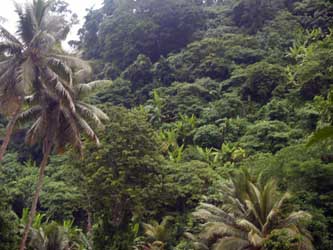
Work in National Parks, Zoos, Wildlife Parks, Reserves or other types of Nature Parks
DO YOU WANT TO WORK WITH ANIMALS AND NATURE?
Want to discover what you need to work in nature parks? Then this course is for you!
This 600 - 700 hour certificate course has been specifically designed for people working or wishing to work in nature parks and reserves, national parks, forests and reserves, in managerial or technical positions. Learn about natural environments, and the management of zoos, wildlife parks, nature reserves. Develop an understanding of the natural environment and basic ecological principles, and learn a variety of skills ranging from basic gardening and nature park design to management. Six modules must be completed including Nature Park Management I and II.
Accredited through International Accreditation & Recognition Council.